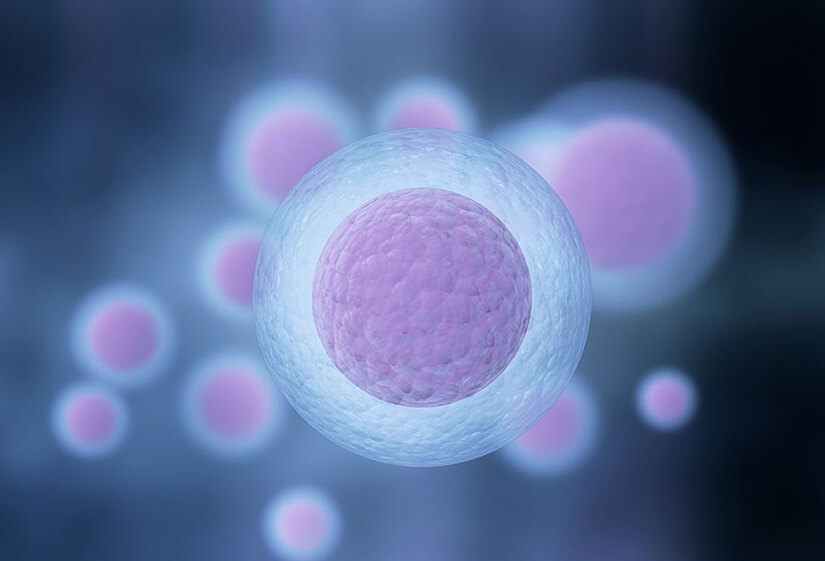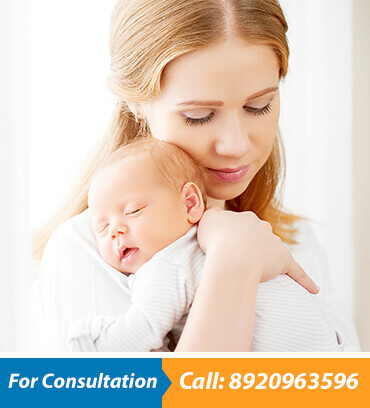Is Blastocyst Good for IVF?
Parenthood is one of the most rewarding experiences a person can have, but it can also be challenging. For some, the path to parenthood can be fraught with obstacles, including infertility. Fortunately, advancements in reproductive technology, such as in vitro fertilisation (IVF), have made it possible for many to realise their dream of having a child.
If you are considering IVF or had a consultation with an IVF consultant in Delhi, you may have heard the term “blastocyst” thrown around, but what does it mean, and why is it so important?
Let’s get answered!
What is a Blastocyst?
Before moving forward, let’s understand what blastocyst is.
A blastocyst is an embryo that has developed for five to six days after fertilisation. It is a spherical structure made up of about 100 cells that have formed into two distinct groups – the inner cell mass, which will eventually become the fetus, and the outer cell mass, which will become the placenta. A blastocyst is considered a more advanced stage of embryo development compared to an embryo that has developed for only two or three days after fertilisation.
Why is Blastocyst Important in IVF?
Yes, Blastocysts are generally considered good for IVF (In Vitro Fertilization).
When couples undergo IVF, multiple embryos are usually created in the laboratory by fertilising eggs with sperm. An IVF consultant in Delhi then carefully monitors and evaluates these embryos for quality and viability before transferring them into the woman’s uterus.
In traditional IVF, embryos are typically transferred to the uterus three days after fertilisation, at the eight-cell stage. However, research has shown that allowing embryos to develop into blastocysts before transfer may increase the chances of pregnancy.
One of the main advantages of using blastocysts in IVF is that it increases the chances of pregnancy. Because blastocysts have already divided several times and formed a fluid-filled cavity, they have a better chance of implanting in the uterus and developing into a healthy pregnancy.
Another advantage of using blastocysts in IVF is that it allows an IVF specialist in Delhi to select the best embryos for transfer. By allowing embryos to develop for two to three days, doctors can observe their growth and choose the ones that appear healthiest and most likely to result in pregnancy. This can reduce the risk of multiple pregnancies and increase the chances of a successful outcome.
Of course, not all embryos will develop into blastocysts, and not all blastocysts will result in a successful pregnancy. Each individual case may vary, and the decision on whether to transfer a blastocyst or an earlier-stage embryo will depend on various factors, including the patient’s age and fertility history. It is best to consult with the IVF centre in Delhi to determine the best approach for your particular case.
Conclusion!
Blastocysts may benefit IVF treatment as they can better implant into the uterine lining and self-select for viability. However, it’s important to work with a qualified IVF consultant in Delhi who can help you determine the best treatment for your individual needs.
If you are considering IVF treatment, don’t hesitate to contact Dr Rhythm Gupta to learn more about your options and start your journey towards parenthood.



Leave a Reply